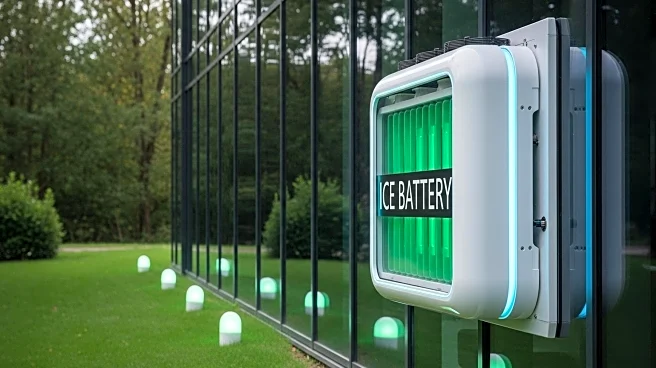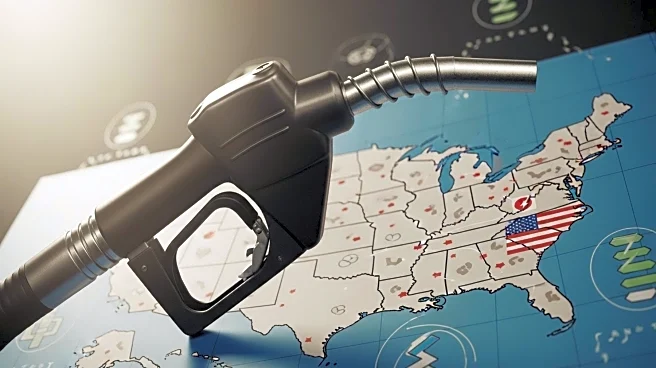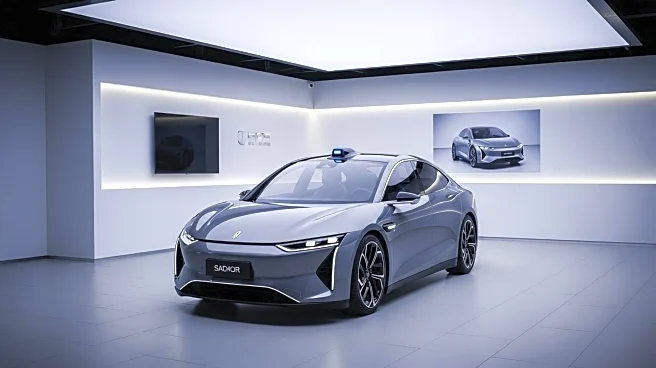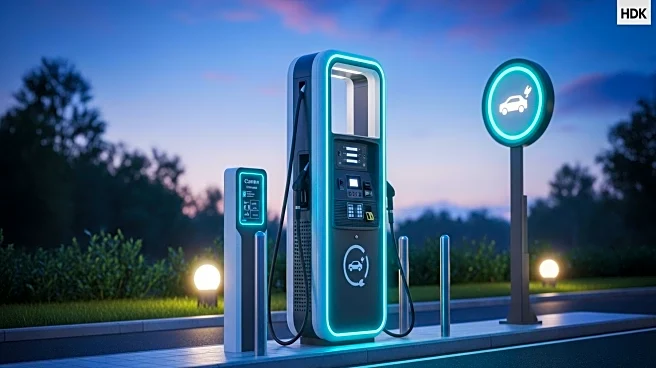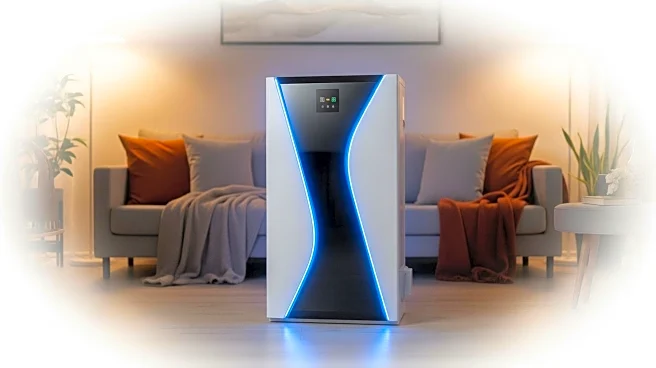What's Happening?
Buildings across the United States are increasingly adopting ice battery technology to provide sustainable air conditioning solutions. This technology involves freezing water into ice during off-peak hours when electricity is cheaper, and using the thawed ice to cool buildings during the day. This method reduces electricity usage and strain on the grid, offering a more environmentally friendly alternative to traditional air conditioning systems. Norton Audubon Hospital in Louisville, Kentucky, is one example of a facility utilizing this technology, with 27 tanks of ice supporting its cooling needs. Companies like Trane Technologies and Nostromo Energy are leading the charge in providing these systems, which are being implemented in schools, commercial buildings, and data centers. The technology is particularly beneficial in areas with high cooling demands, such as data centers, which consume significant amounts of electricity.
Why It's Important?
The adoption of ice battery technology is significant as it addresses the growing demand for sustainable energy solutions in the face of rising temperatures and increased electricity consumption. By reducing reliance on traditional air conditioning systems, ice batteries help lower emissions and electricity costs, contributing to environmental conservation efforts. This technology is especially crucial in healthcare settings and senior homes, where cooling needs are high and safety is paramount. Additionally, data centers, which are expanding to support artificial intelligence, stand to benefit from reduced energy consumption and cooling costs. The widespread implementation of ice batteries could lead to substantial savings and environmental benefits, making it a promising solution for the future of energy management.
What's Next?
As awareness of ice battery technology grows, more facilities are expected to adopt these systems. Companies like Nostromo Energy are in discussions with large data center operators to install ice battery systems, indicating potential expansion in this sector. California, with its reliance on solar power and subsequent switch to polluting energy sources after sunset, presents a significant market for this technology. Utilities are interested in load-shifting technologies like ice batteries to manage peak demand times, particularly during summer months. The continued development and implementation of ice battery systems could play a crucial role in shaping sustainable energy practices in the U.S.
Beyond the Headlines
The shift towards ice battery technology highlights broader trends in energy management and sustainability. As the U.S. grapples with climate change and increasing energy demands, innovative solutions like ice batteries offer a pathway to reducing carbon footprints and enhancing energy efficiency. This technology also underscores the importance of integrating renewable energy sources and storage solutions to create a more resilient and sustainable energy grid. The ethical and environmental implications of reducing reliance on fossil fuels and minimizing emissions are significant, contributing to global efforts to combat climate change.

